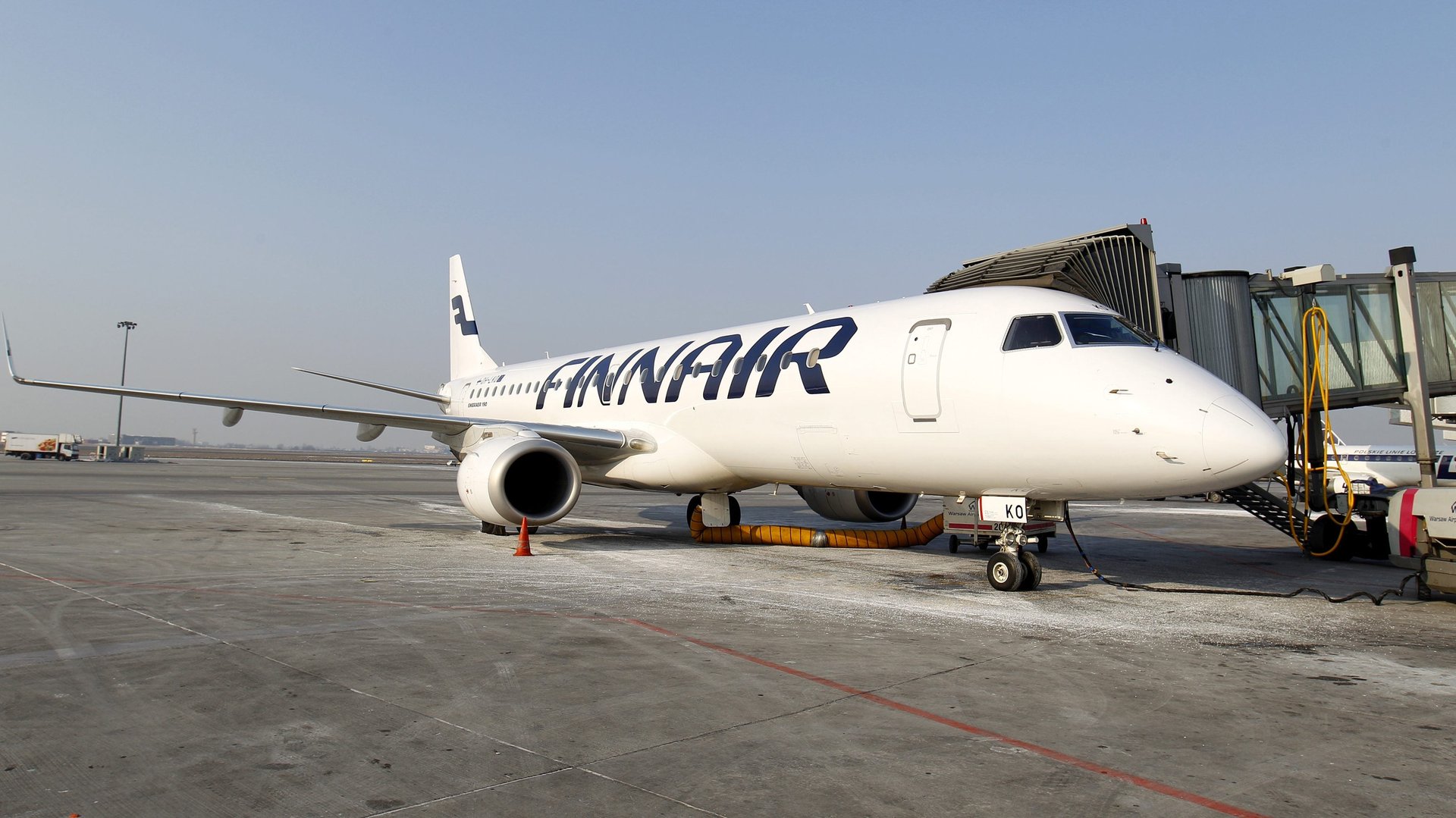‘Flight shame’ didn’t actually make us fly any less
Like many people I know, I would like to fly less, but also want to travel as much as I ever did—two essentially incompatible positions.


Like many people I know, I would like to fly less, but also want to travel as much as I ever did—two essentially incompatible positions.
The outcome? I fly precisely as much (if not slightly more), but feel worse about it when I do. (I also buy carbon offsets, as a way to alleviate my guilt.)
“Flight shame” may have been the Netherlands’ word of the year, but for the vast majority of people, acting on it by not flying simply isn’t tenable. Friends or family members get married; professional opportunities prove too great to opt out of; life gets in the way. This year, I have read only slightly more treatises on not flying as I have hand-wringing explanations of why some committed non-flier did have to step on a plane, after all.
People might believe they are flying less—a UBS survey of 6,000 people in the US, Germany, France and the UK, found that one in five had cut their flights in the last year—but most airlines are doing just as well as ever. Flight traffic in 2019 actually increased globally this year. This is the case even in obviously climate-minded countries such as Finland, whose government this summer announced ambitious plans to be carbon-neutral by 2035. The Finnish national airline, Finnair, didn’t see “any impact on our traffic figures or number of passengers coming out of the flight shame [movement],” according to CEO Topi Manner.
🎧 For more intel on carbon emissions, listen to the Quartz Obsession podcast episode on flying business class. Or subscribe via: Apple Podcasts | Spotify | Google | Stitcher.
Don’t be too encouraged by those airlines loudly and triumphantly noting their emissions offsetting either. In many cases, it’s little more than greenwashing: Most had already committed to doing so through CORSIA (Carbon Offsetting and Reduction Scheme for International Aviation), the UN’s own program, which starts in 2021, before a full roll-out in 2024. It aims to cap net emissions from international aviation at 2020 levels by forcing airlines to buy emission reductions or offsets to keep their impact in check.
But there’s a lot to cancel out. One economy passenger on one return flight from London to New York puts an extra 1.6 metric tons of carbon dioxide in the air—about as much as taking a round-trip 15-mile commute every day for a year in a fuel-efficient car.
As to whether or not those carbon offsetting schemes are any good—well, it depends. On the one hand, they allow more flexibility: As former Quartz reporter Zoe Schlanger writes, “countries can swap emissions and pay to meet their climate goals, and funding can flow to halt deforestation where it’s most needed.” But they’re hard to hold to account. Trees can get cut down. Credits may get counted twice. Solar panels can break. Buying carbon credits is better than doing nothing, as airlines are quick to note, but it’s still far from perfect.
The only place where flight shame does seem to have had a demonstrable effect is in Germany—and even then, only on domestic flights. In November, the number of passengers taking flights within the country fell by 12% from a year earlier, while rail flourished. This should tell us a little more about what the flight shame movement needs to actually succeed: legitimate alternatives. Most of us can’t take a yacht across the Atlantic instead of a six-hour flight, or have the time for a 19-hour train from Chicago to New York.
It’s good that airlines are shaken—already, their anxiety seems to be resulting in better-funded research into renewable fuels or electric flight. But it looks increasingly unlikely that climate anxiety will keep all but the most hardline of activists off planes. Instead, we should looking for alternatives—ways that accommodate the fact that, for most people, it’s just too hard to look past the requirements of one’s own life.